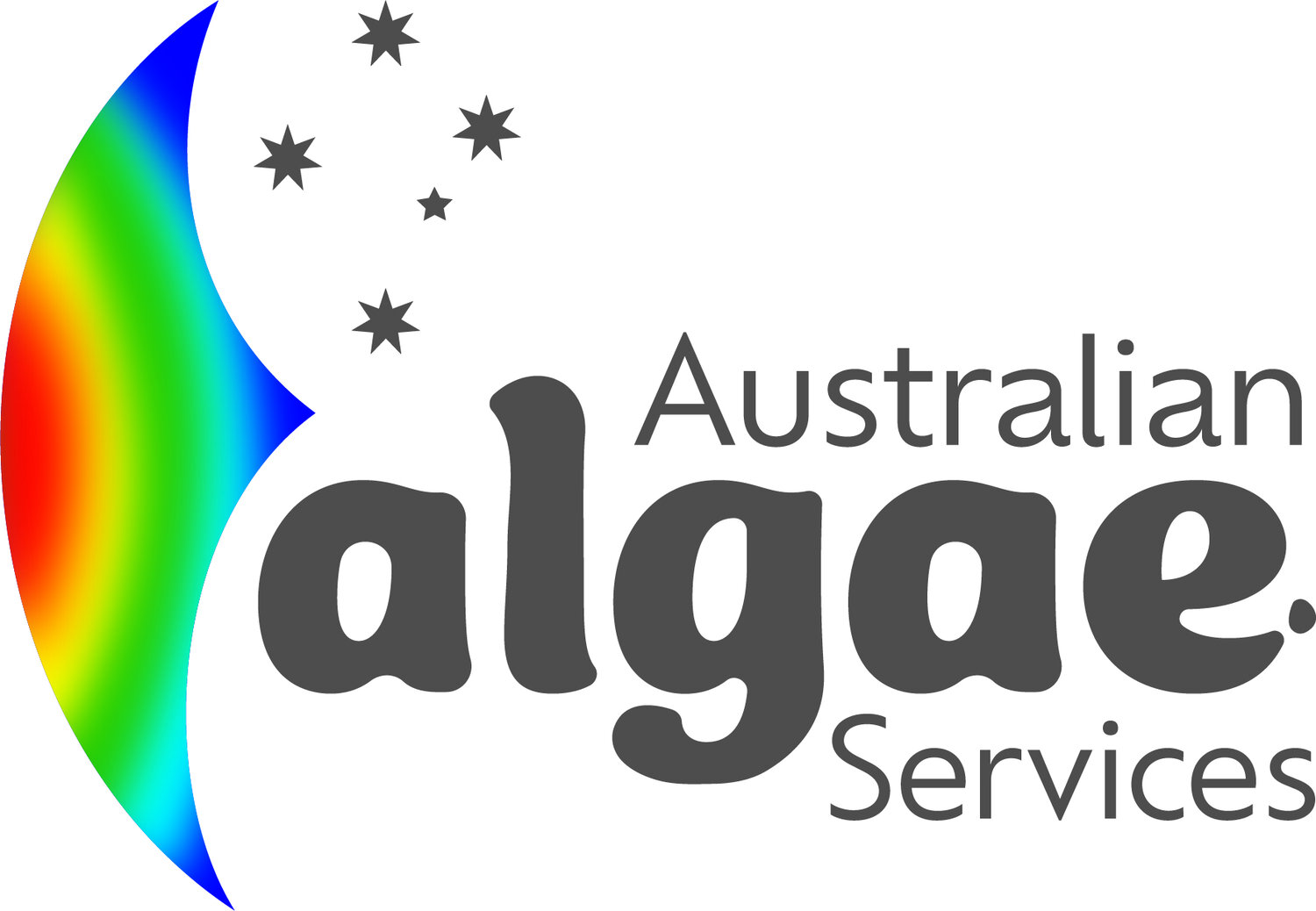Why grow microalgae in Australia?
Australia has world-leading researchers in advanced aquaculture sciences with high international credibility and expertly skilled and professional trade workforce. Our site has been strategically located with direct access to a reliable water source on the east coast of Australia. Australia is an export-oriented economy therefore support services including supply, transport and accommodation are within easy access to the site. Similarly, freight networks for export are well-established.
Productivity with sustainability
Microalgae farming is the most efficient food production process with up to 10 times the productivity of land-based crops. It only uses a small fraction of the water and arable land required for other land-based crops. Yield biomass is ten time greater in ponds and water is reduced by recycling this valuable resource.
Importantly, microalgal production of omega-3 fatty acids alleviates the increasing pressure on the world’s fish stocks as the source of omega-3 fatty acids.
AAS will also be integrating proven fermentation systems to process waste-water streams that may not be suitable for open raceway pond technology.
Research and development
Microalgae farming is a dynamic industry. Our research demonstrates that local species of microalgae such as Nanochloropsis and Schizotryptium, produce high concentrations of either EPA or DHA. The distinct advantage of the local species is that they have adapted and survived in the local environment for millions of years.
The processes are well established to extract EPA and DHA from the microalgae biomass. The defatted biomass is a whole meal protein-enriched product. This offers significant savings in downstream processing and increased opportunities for new product development. Furthermore, these microalgal species can be cultivated using innovative approaches.
Research is possible because of our membership of the Marine Bioproducts Cooperative Research Centre (MB-CRC), an Australian Government initiative.

